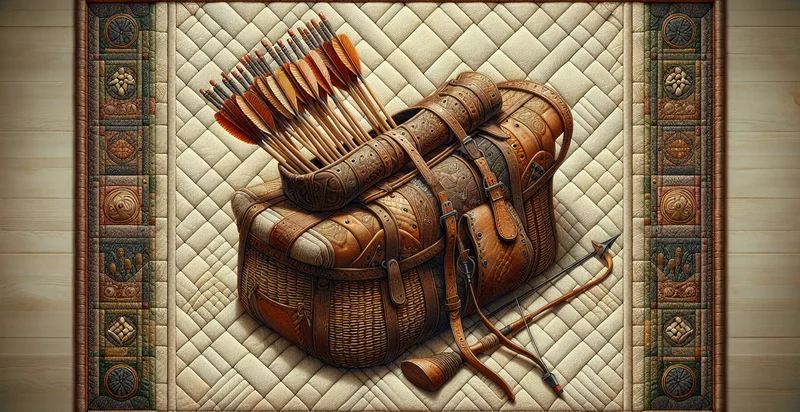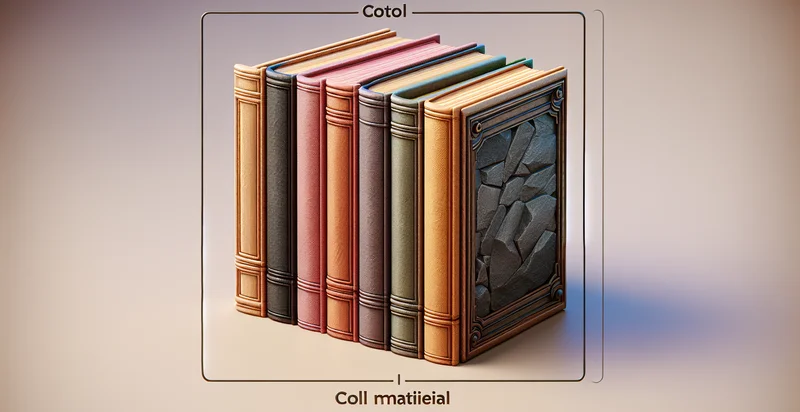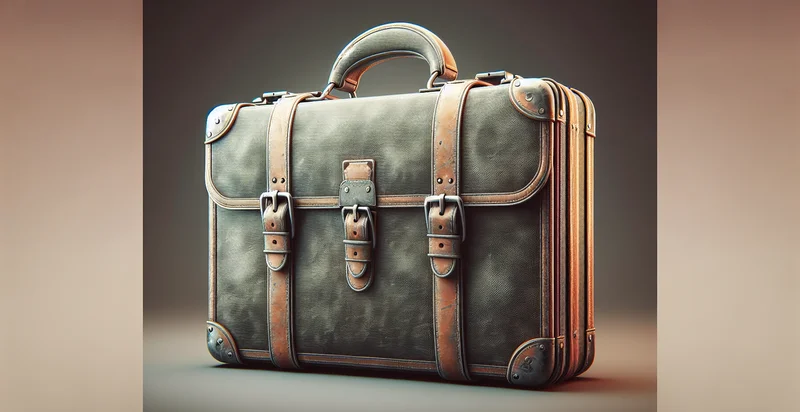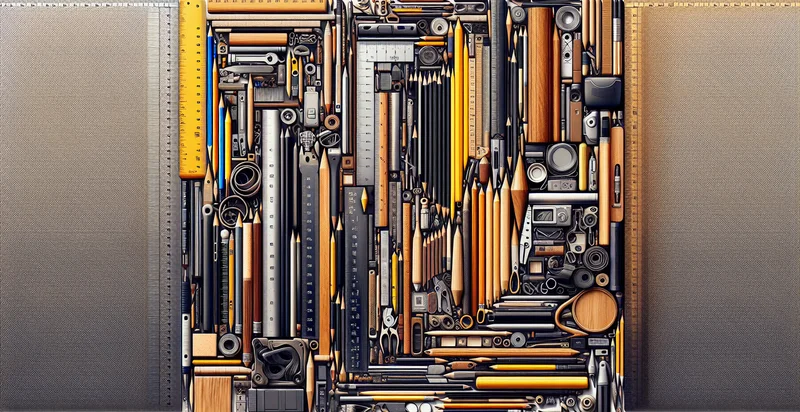Identify what material a quiver is made from
using AI
Below is a free classifier to identify what material a quiver is made from. Just upload your image, and our AI will predict what material a quiver is made from - in just seconds.

Contact us for API access
Or, use Nyckel to build highly-accurate custom classifiers in just minutes. No PhD required.
Get started
import nyckel
credentials = nyckel.Credentials("YOUR_CLIENT_ID", "YOUR_CLIENT_SECRET")
nyckel.invoke("what-material-a-quiver-is-made-from", "your_image_url", credentials)
fetch('https://www.nyckel.com/v1/functions/what-material-a-quiver-is-made-from/invoke', {
method: 'POST',
headers: {
'Authorization': 'Bearer ' + 'YOUR_BEARER_TOKEN',
'Content-Type': 'application/json',
},
body: JSON.stringify(
{"data": "your_image_url"}
)
})
.then(response => response.json())
.then(data => console.log(data));
curl -X POST \
-H "Content-Type: application/json" \
-H "Authorization: Bearer YOUR_BEARER_TOKEN" \
-d '{"data": "your_image_url"}' \
https://www.nyckel.com/v1/functions/what-material-a-quiver-is-made-from/invoke
How this classifier works
To start, upload your image. Our AI tool will then predict what material a quiver is made from.
This pretrained image model uses a Nyckel-created dataset and has 16 labels, including Bamboo, Canvas, Cordura, Cotton, Faux Leather, Fiberglass, Hemp, Kydex, Leather and Metal.
We'll also show a confidence score (the higher the number, the more confident the AI model is around what material a quiver is made from).
Whether you're just curious or building what material a quiver is made from detection into your application, we hope our classifier proves helpful.
Related Classifiers
Need to identify what material a quiver is made from at scale?
Get API or Zapier access to this classifier for free. It's perfect for:
- Material Quality Assessment: This function can be used in the manufacturing sector to assess the quality of materials used in quiver production. By identifying the material, manufacturers can ensure that they are using the best resources, leading to higher quality products and customer satisfaction.
- Sustainability Evaluation: Environmental organizations can leverage this function to evaluate the materials used in quivers for sustainability. By identifying whether a quiver is made from eco-friendly materials, they can promote sustainable practices and help consumers make informed choices.
- Custom Quiver Design: Custom quiver artisans could utilize this function to identify the types of materials that can enhance the aesthetic and functional attributes of their designs. By understanding material properties, artisans can create tailored solutions that meet specific customer needs, enhancing their business offerings.
- Supply Chain Management: Retailers and suppliers can use this function for inventory management and supply chain optimization. By accurately identifying materials, they can maintain better stock levels, streamline procurement processes, and mitigate against material shortages.
- Market Analysis: This function can assist market analysts in identifying trends in the quiver materials being used within the industry. By evaluating the popularity and performance of different materials, businesses can adapt their product lines to meet consumer preferences and market demand.
- Repair and Maintenance Services: Businesses that offer quiver repair services can utilize this function to determine the correct materials needed for repairs. By identifying the original material, they can ensure that repairs maintain the functionality and look of the quiver, improving customer trust and satisfaction.
- Product Authentication: This identifier can be instrumental for brands seeking to authenticate their products. By confirming the materials used, companies can protect their brand integrity and help combat counterfeit products in the market, ultimately preserving their reputation and sales.


